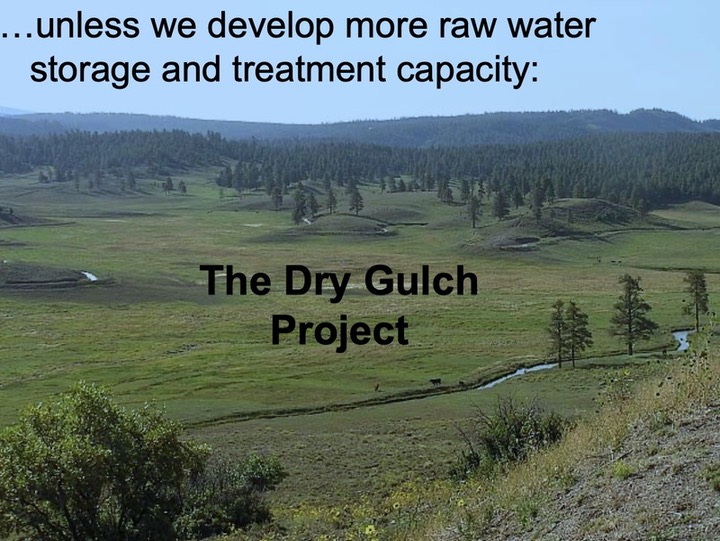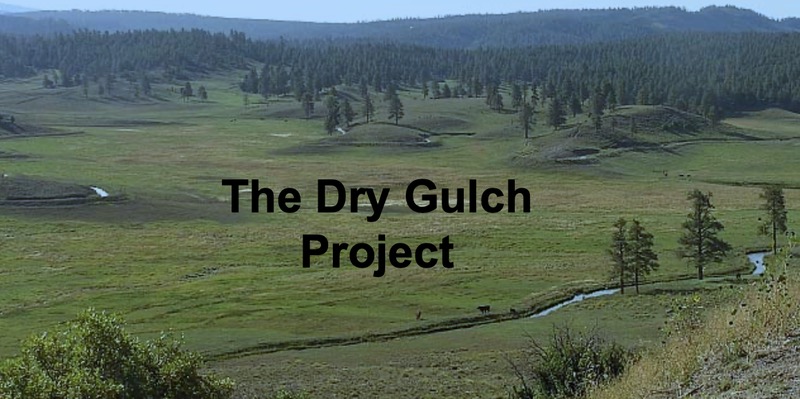Here at the Daily Post, we receive submissions of news and opinions from our legislators in Denver and in Washington DC on a regular basis. We’ve published press releases sent out by Senator Cory Gardner, Senator Michael Bennet, US Congressman Scott Tipton, former Colorado Senator Ellen Roberts, Colorado Senator Don Coram, Colorado Representative Barbara McLachlan, Colorado State School Board member Joyce Rankin… to mention a few of the politicians who’ve sent us their thoughts, to share with Daily Post readers.
The fine American tradition of elected leaders informing the public — and sharing their opinions about important issues — is not much practiced on the local level here in Pagosa Springs. It’s more typical, instead, for local leaders to keep their opinions, and important information, to themselves, unless they are asked directly for their opinions by — say — a newspaper editor.

As the year 2019 came to a close, the weekly Pagosa Springs SUN invited various government officials to comment on “achievements and goals”, and we had a chance to hear what some of our community leaders could tell us… in the space of a newspaper feature article… Each official was given the opportunity to share about 500 words related to questions chosen, I assume, by SUN editor Terri House.
Here’s a comment we heard from Upper San Juan Health Service District board chair Greg Schulte on January 9:
Last, I feel we need to make additional efforts to educate our community about the services we provide, but also our structure and how we operate. All hospitals and clinics are not the same. We are a community hospital that is a Special District and not comparable to other medical centers. By receiving a mill levy, the community does invest in us and we invest back into the community…
Like Mr. Schulte, I’d like to see additional efforts made to educate the taxpayers about how their tax donations are being used by entities that provide public services. Probably, the people most qualified to perform those heightened educational duties would be the board and staff of the entities themselves. But that’s not how things typically happen in Pagosa Springs. Typically, if you learn anything at all about — for example — the Upper San Juan Health Service District’s structure and operations, you heard it from a news reporter who attended an open public meeting, where perhaps a half dozen agenda items were (briefly or thoroughly) discussed. Or you heard it on the street, as gossip.
Some might consider this a problem for the taxpayers: having incomplete information about how your money is being spent by the people elected or appointed to spend it. It would seem useful if taxpayers knew the details about multi-million-dollar real estate purchases, for example, or about 15-year leases of public property at $1 per year. News reporters will always do their best to share pertinent information presented at public meetings, but they may be limited to a few hundred words in a printed newspaper.
The folks who understand the finer details of public policy are often the people sitting around the board table. Should those folks be making an effort to educate the community?
Here at the Daily Post, we have only rarely received submissions from elected or appointed government officials, hoping to educate our readers about political issues and proposed solutions. I think we once ran an op-ed by County Commissioner Michael Whiting, while he was still in office. We received a couple of submissions from former SJWCD president Rod Proffitt, although only one — as I recall — dealt with water issues.
Mostly, our government leaders have been hesitant about sharing information and educated opinions with the public — (shy? fearful? too busy?) — via the weekly Pagosa Springs SUN and the Daily Post.
Be that as it may, I will wrap up this editorial series with a summary of the conclusions reached at the January 23 joint meeting between PAWSD and SJWCD — two tax-funded districts that share ownership of 666 acres of property designated as a future reservoir site. No official motions were voted on by either of the boards at that meeting, but a friendly agreement was reached to form a working subcommittee that would include three members from each board. The subcommittee’s main task, in 2020 and going forward, will be to determine the best use of the Dry Gulch property over the next few years, in terms of benefiting the taxpayers.
Should we renew the grazing and mining lease with the Weber family, and if so, under what terms? Would the Webers even want their lease renewed? Are there other uses that might be more beneficial for the taxpayers, while still being practical?
How involved should the community as a whole be, in making these decisions? And how educated should the community be?

Another conclusion seemed to be shared by all the board members of both districts. The local taxpayers own the Dry Gulch parcels, but aren’t generally excited about spending their hard-earned money building a reservoir there — at least, not in the near future. That lack of taxpayer interest was not much acknowledged in 2008, when the two districts purchased the real estate. At that time, the two boards — PAWSD and SJWCD — determined that the taxpayers didn’t understand water issues and didn’t realize what a fine real estate investment they were making… while the PAWSD and SJWCD boards and staff did, in fact, understand.
In my humble opinion, the PAWSD board and the SJWCD board were using unrealistic data and living in a fiscal fantasy world in 2008, when this proposed project put the community $10 million in debt. Speaking as someone who has written critically about Dry Gulch since 2008, and who spoke out at numerous public meetings in opposition to the original plans, I will be the first to admit that the provision of Colorado water, by federal, state and local public agencies, is a terribly complex issue, and no news article or op-ed — written by a board member, or a news reporter, or an interested member of the public — can hope to capture more than a tiny slice of the full picture .
The more people who speak up and share their perspectives, written or verbally, the better chance the taxpayers will have at understanding where we stand, and where we’re headed. That’s my story and I’m sticking to it.

